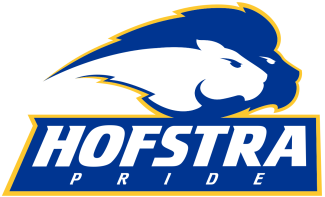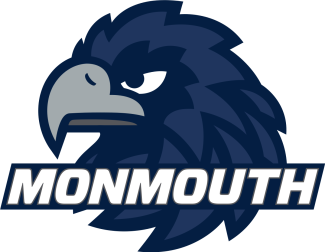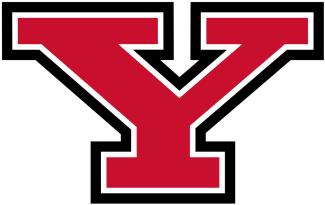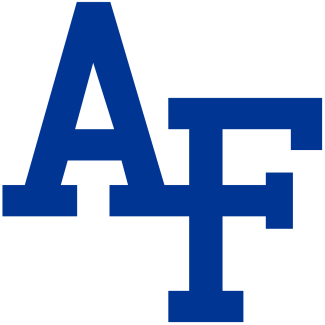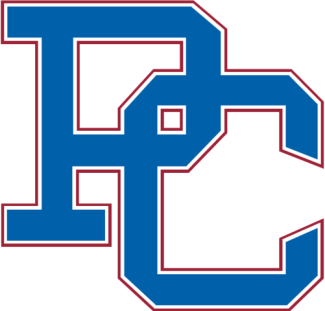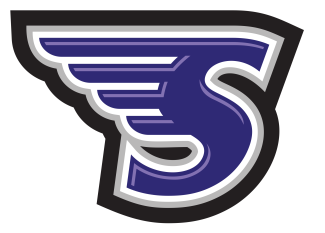This article appears in the November edition of US Lacrosse Magazine, available exclusively to US Lacrosse members. Join or renew today! Thank you for your support.
David Higbee was just a disillusioned college graduate looking to latch onto something he loved.
The job market stunk. “2008 was not a great year to graduate college,” Higbee said. With a biomedical science degree from the University of Oklahoma, he moved to Dallas to work for a pharmaceutical company, the first in a series of unfulfilling jobs that also included stints as a chemist and city health inspector.
Higbee Googled “lacrosse in Dallas” and discovered Bridge Lacrosse, the nonprofit and US Lacrosse member organization that serves nearly 800 student-athletes from diverse and low-income communities in the Dallas-Fort Worth area.
Higbee was not a lax head by any stretch. A Tulsa native, he had never played lacrosse before his sophomore year at Oklahoma, when a freshman named Alex Perry put out flyers around campus to drum up interest in a new club team. Higbee spent too many hours in a basement lab to commit to play his sport of choice, hockey, at Oklahoma. The stick-and-ball game beckoned.
“I’ll send him a note every couple of years,” said Higbee, now 35. “‘Hey man, I still need to thank you for getting me sucked into this sport because it’s my life. It’s my wellbeing. And it’s also getting these kids that we work with opportunities.’”
At Bridge Lacrosse, Higbee found more than just an outlet for his boundless energy. He found a vocation. He started as a volunteer coach and board member, then took over as executive director in 2011 when the founder, Edie Lycke, stepped down after seven years. Bridge Lacrosse had also parted ways with the private consulting firm that managed core business functions.
Higbee was 26 years old when he took over Bridge Lacrosse. He learned from scratch all the intricacies of nonprofit management, from network and marketing to writing grant proposals — all while continuing to coach boys’ and girls’ teams. “It was drinking from a fire hose,” he said.
He’s savvier now, but he’s still largely responsible for all operations.
“I’m either in the locker room counting cleats, or I’ve got to learn how to tie a tie and go to a board meeting or a donor meeting. It’s the whole variance, man,” Higbee said. “Bridge has been in a lot of ways my MBA program. I wear all hats, but it also allows me to always try something different and new. I love that entrepreneurial mentality.”
If ever he grows wary, Higbee reminds himself of Bridge Lacrosse’s simple but profound mission “to use lacrosse to broaden the horizon of our community’s youth.” He’s motivated by the success of South Dallas kids like Nakeie Montgomery and Jeremy Winston, a couple of Bridge Lacrosse products now playing college ball at Duke and Jacksonville, respectively. He’s particularly excited about Jamyria “JJ” Woods, the class of 2022 prospect who received calls from five Division I coaches when the recruiting contact period opened Sept. 1.





